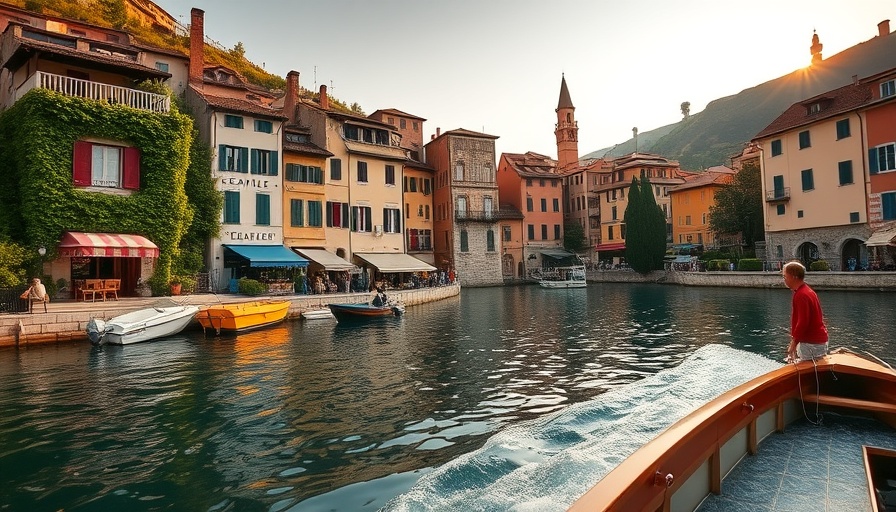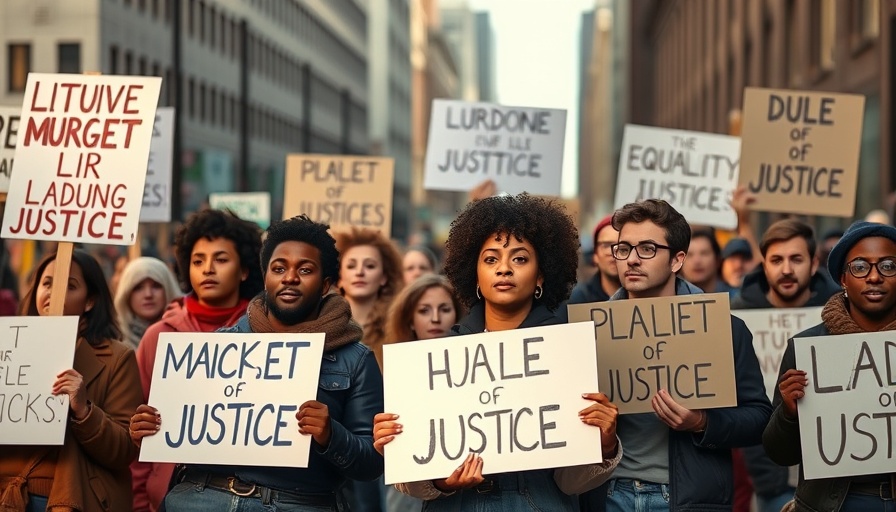
Exploring LGBTQ+ History: A Journey Through Time
From the stone walls of ancient castles to the vibrant murals of modern cities, the journey through LGBTQ+ history provides not only insight into the struggles and triumphs of the community but also a rich cultural tapestry that celebrates diversity and resilience. Engaging with these sites allows travelers to connect with different narratives, dispelling myths and building understanding.
Why LGBTQ+ Historical Sites Matter
The importance of LGBTQ+ historical sites extends beyond mere education; they serve as vital spaces for reflection and community engagement. Many of these institutions play a critical role in preserving history that has often been silenced or forgotten. George Savoulis, director of Qtopia Sydney, emphasizes, "For too long, LGBTQ+ history was oral and hidden. Dedicated museums preserve truth, challenge misconceptions, and affirm the fundamental right to exist." This approach fosters a sense of belonging and understanding where stigma once reigned.
Highlighting Key Locations to Visit
The Leslie-Lohman Museum of Art, New York City
Located in the lively SoHo neighborhood, the Leslie-Lohman Museum of Art is a beacon of creativity and representation. It houses an impressive collection of works from LGBTQ+ artists that examine pertinent issues within the community. From vibrant paintings to thought-provoking installations, every exhibit offers a unique lens through which to view the world of queer art.
Qtopia Sydney: A Cultural Hub
Once the Darlinghurst Police Station, Qtopia Sydney is a pioneering institution dedicated to queer history and culture. Its exhibitions range from the HIV/AIDS crisis to First Nations stories, providing a comprehensive look at the multifaceted experiences of LGBTQ+ individuals. This museum not only preserves history but actively engages with the community through educational programs and events, fostering dialogue and awareness.
The GLBT Historical Society Museum, San Francisco
This renowned museum focuses on the history of LGBTQ+ people in the Bay Area and beyond. Its extensive archives, collections, and exhibitions aim to offer visitors insights into the complex narratives that make up the LGBTQ+ experience. From historical photographs to personal artifacts, the Society has become a crucial resource for researchers and enthusiasts alike.
The Stonewall National Monument, New York City
The Stonewall Riots of 1969 mark a pivotal moment in LGBTQ+ history. The Stonewall National Monument not only commemorates the struggle for gay rights but also serves as a gathering place for activism and celebration. Visitors can walk through the very streets where history was made and learn about the ongoing journey toward equality.
Why Travel to These Historical Sites?
Visiting LGBTQ+ historical sites is about more than learning; it’s about fostering empathy, understanding, and connection. Such experiences encourage visitors to confront their biases, learn about marginalized histories, and recognize the colorful fabric of our global culture. As society moves toward inclusivity, the importance of these visits can’t be overstated.
Shaping Future Developments
As the world changes, the role of LGBTQ+ museums and historical sites continues to evolve. They serve not only as guardians of the past but also as catalysts for future dialogues about human rights advocates. The accessibility of digital platforms allows these institutions to reach wider audiences, promoting further awareness and activism through shared stories.
Common Misconceptions Surrounding LGBTQ+ History
Many misconceptions revolve around the notion that LGBTQ+ involvement in history is a recent phenomenon. However, ancient societies were rich with diverse sexual orientations and gender identities that spanned thousands of years. Understanding the depth of this history can shatter stereotypes and foster enrichment in cultural narratives.
The Emotional Impact of Visiting These Sites
Individuals often report profound emotional shifts after visiting LGBTQ+ historical sites. Many feel a mix of pride, sorrow, and inspiration when confronting the challenges the community has faced, allowing for a deeper appreciation of the rights enjoyed today. Such feelings reinforce the importance of remembrance and celebration.
Travelers are encouraged to explore these historical sites both during Pride Month and well beyond. Each journey not merely aids in preserving history but also contributes to a narrative that honors diversity and advocates for human rights. Engaging in these meaningful experiences fosters understanding and helps pave the way for future generations.
In your travels, seek out LGBTQ+ historical sites, share your experiences, and celebrate the journey toward inclusivity and recognition. Each visit strengthens the fabric of history, reminding us of the strides made and the work still needed to honor diverse identities.
 Add Row
Add Row  Add
Add 



Write A Comment